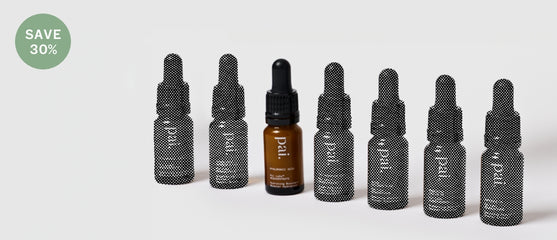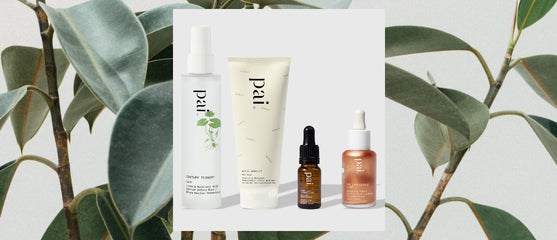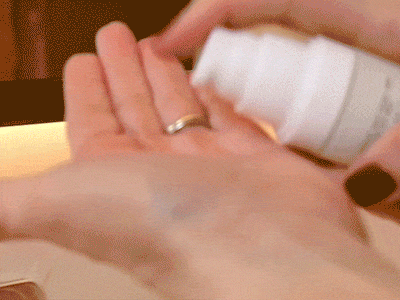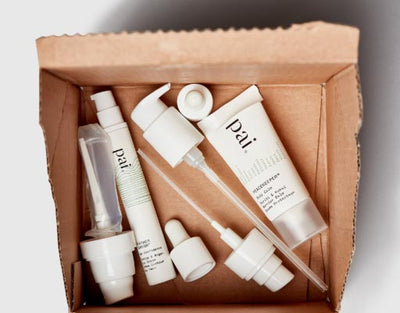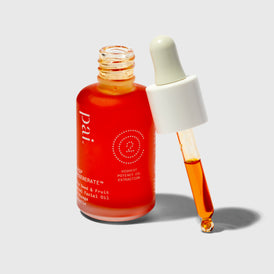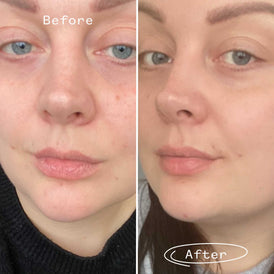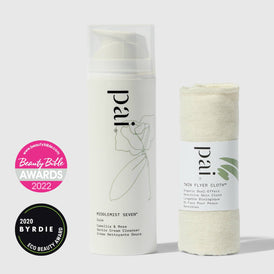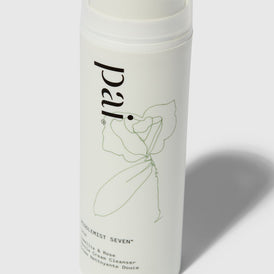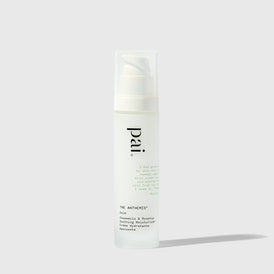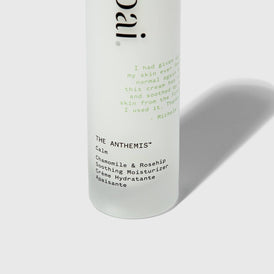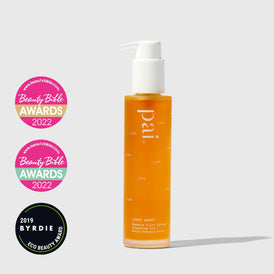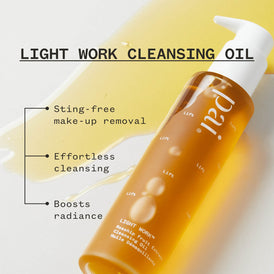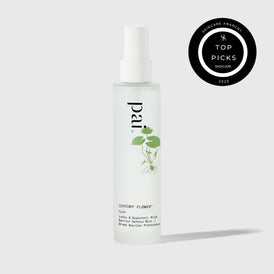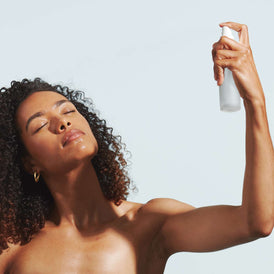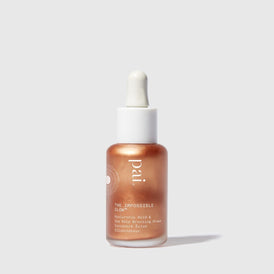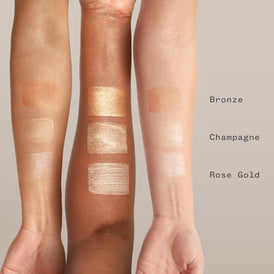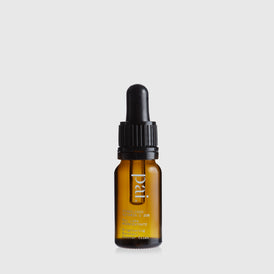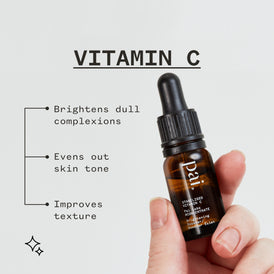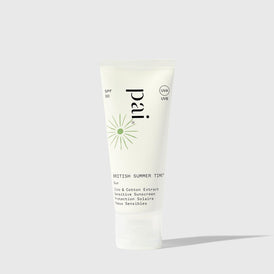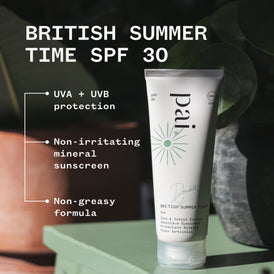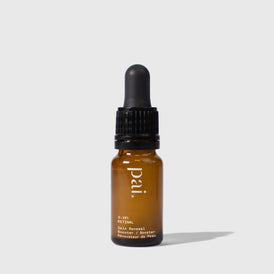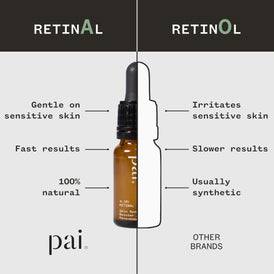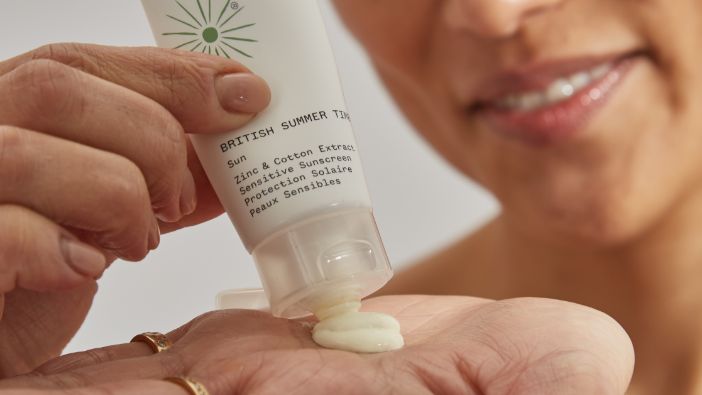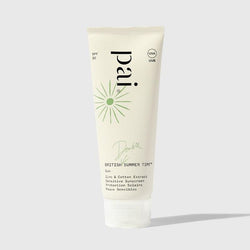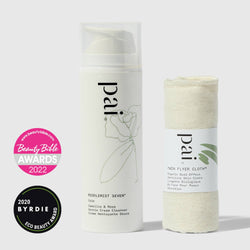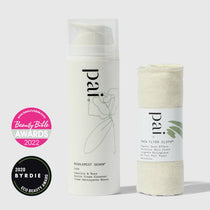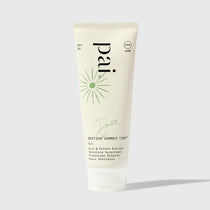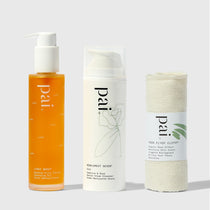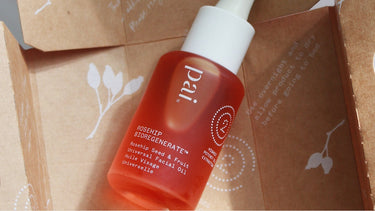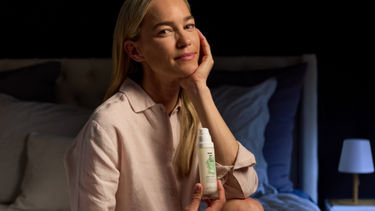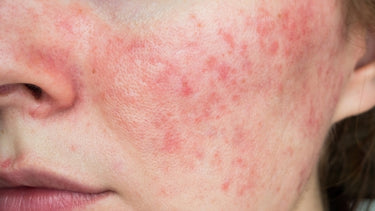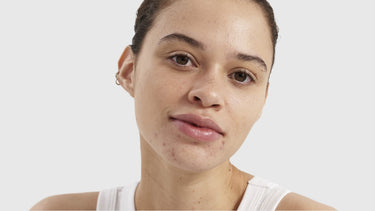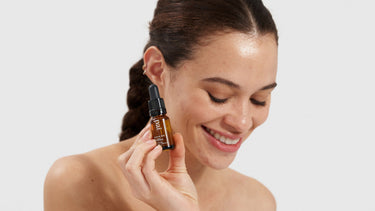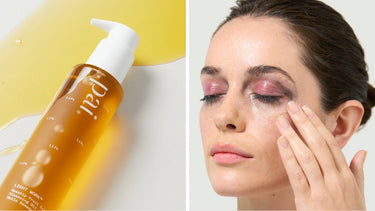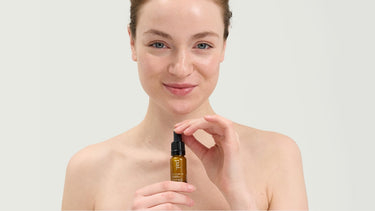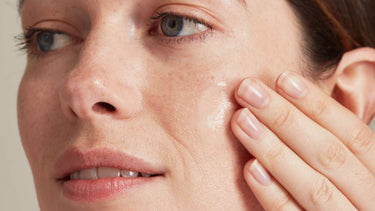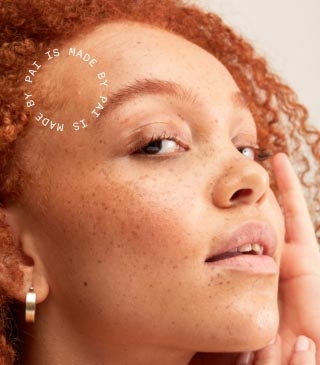Wearing a good quality, broad-spectrum sunscreen is a must for healthy skin, no matter what the weather – it's a daily essential. The sun's rays, come rain or shine, penetrate the skin and cause all kinds of damage; from altering the structure of skin cells to destroying the skin barrier and collagen. And while that happens under the surface, you’ll soon see the effects in the mirror.
UV exposure can cause dark spots, hyperpigmentation and dehydration, and ultimately could cause skin cancer – which is why everyday protection is key.
Finding a sun cream that works for you can be tricky - especially if you have sensitive skin. Sun creams are complex formulas and often contain ingredients that upset atopic skin conditions, or clog acne-prone skin. However, formulation has come a long way in recent years, with more sophisticated textures and skin-friendly (not to mention reef-friendly) organic and mineral sunscreens getting a serious upgrade.
So what should you look for in a sunscreen for sensitive skin? Read on for our ultimate guide…

UVA, UVB and SPF
When shopping for your sun cream, you need to consider the SPF – or Sun Protection Factor. It's best to look for SPF30 and above for adequate protection, and always look for a broad-spectrum formula to ensure it protects from both UVB and UVA. An easy way to remember the difference between the two is that UVB causes burning and UVA causes ageing - and trust us, you want a formula that protects from both.
The SPF factor refers to UVB rays. With SPF 30, your skin will take 30 times longer to burn than if you used no sunscreen. Meanwhile, UVA is often rated using a star system – or you might notice that UVA protection is shown by the letters "UVA" in a circle (such as on our organic sunscreen), which means that it meets the EU standard.
The NHS recommends always using a sun cream with at least a four-star UVA rating. For full protection, find one that protects from blue light and infra-red too.
Organic vs inorganic sun cream filters
When it comes to sun cream filters, there are two types: ‘physical’ (also known as mineral) and ‘chemical’, sometimes referred to as inorganic and organic respectively. Both protect the skin from the sun but in very different ways.
Physical, inorganic formulas use ingredients which physically form a barrier that helps to stop the UV rays from getting to the skin. These are usually minerals; the most common and the one we use in our sun cream, British Summer Time SPF 30, is Zinc Oxide. ‘Chemical’ – or more accurately, synthetic – sun cream formulas use chemicals which act like a sponge, helping to convert the UV rays from something damaging to something safe.
The best SPF filter for sensitive skin
Traditionally, sun creams have been ‘chemical’ based, but now more and more brands are starting to launch formulas that are mineral, or a mix of both. Usually, if a formula is physical it’s likely to shout about it - if it doesn’t you can assume it’s a synthetic, chemical formula.
In general, sensitive skin is better suited to physical sun cream filters, though it’s not a hard and fast rule – because it’s about what else is in the formula too.
Reef-friendly SPF
Physical sun creams are also thought to be better for the planet. Two common chemical ultraviolet filters, oxybenzone and octinoxate, have become the focus of concern over whether they cause damage to coral reefs in recent years, with Hawaii becoming the first US state to ban the use of sunscreens containing them.
While the effects of sunscreens on marine life are still up for debate, the advice is to opt for non-nano filters in mineral sunscreens – which are approved for use in COSMOS-certified formulas like ours.

Ingredients to avoid if you have sensitive skin
Common chemical filters like Oxybenzone have been known to cause skin reactions, so it’s definitely one to steer clear of if you have sensitive skin or are prone to eczema and rosacea. The same goes for Octinoxate.
It’s also best to avoid cinnamates (anything ending in -cinnamate) and Benzophenones (including Oxybenzone), Avobenzone (Butyl methoxyl-dibenzoylmethane) or anything ending with -benzophenone. The easiest way to avoid all these ingredients is by choosing a physical formula, like our certified natural sunscreen for sensitive skin.
Just as you would with any of your other skincare, it's important to check the INCI list for common culprits that could irritate your skin – and to do a patch test before you slather it on.
Formula is key, so it’s not as simple as singling out the right filters. Watch out for fragrance in any SPF you’re buying – it’s often added to give that much-loved beachy scent, but can play havoc if you’re sensitive.
Most importantly, if you’re choosing a mineral sunscreen, pick one that’s been independently certified for peace of mind. Ours is certified COSMOS Natural, so you know you’re getting an expert-approved formula – and it’s also independently patch tested on sensitive skin.
After sun care
Whether you’ve overdone it or not, applying hydrating and soothing products to your skin post-sun exposure is important. Those UV rays can dry out your skin, leaving it red, dehydrated and flaky – which could affect your skin’s barrier function too.
After soaking up the sunshine, your skin will be screaming out for moisture. But did you know that many aftersuns actually dry your skin out further? That cooling sensation that you feel as you apply it is usually down to high levels of alcohol in the formula, evaporating from your skin (and stripping it of moisture in the process).
How to use sunscreen in your daily routine

Your SPF should always be the last step of your morning skincare routine, and applied at least 15 minutes before sun exposure. It’s important that you use enough to deliver the protection as stated on the pack – so make sure you apply two fingertip-sized amounts to cover your whole face.
We recommend using a moisturiser first, as while our sunscreen is hydrating, it may not be enough to moisturise dry skin alone.
For an extra healthy glow, many of our customers recommend adding a drop of The Impossible Glow Bronzing or Highlighting Drops into your face cream too. Simply blend and apply for radiant skin.
You can then apply make-up on top of your sunscreen if you’re wearing it – ours is a non-greasy formula, making it a smooth canvas.
Finally, if you’re wearing SPF, be sure to double cleanse in the evening. Start with a cleansing oil and follow with a gentle cream cleanser, wiping away with a muslin cloth to make sure every scrap of sunscreen is removed – without stripping your delicate skin.
Shop our natural sunscreen and aftersun for sensitive skin now
